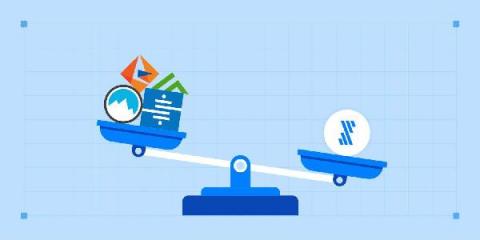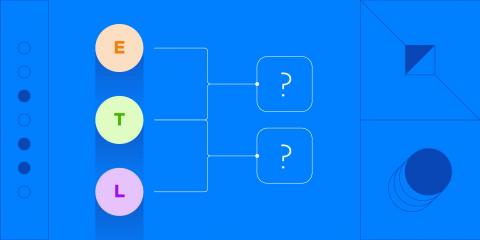3 Reasons Extract, Load & Transform is a Bad Idea
Extract, Load, Transform (ELT) technology makes it easy for organizations to pull data from databases, applications, and other sources, and move it into a data lake. But companies pay for this convenience in many ways. ELT solutions can have a negative impact on data privacy, data quality, and data management.




